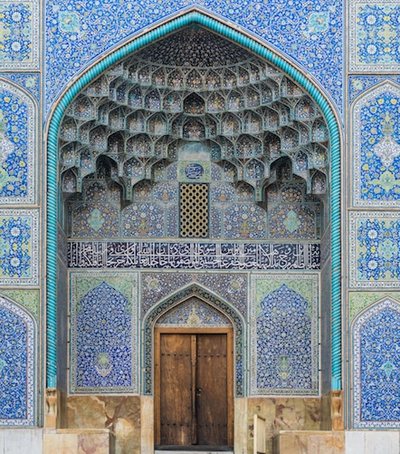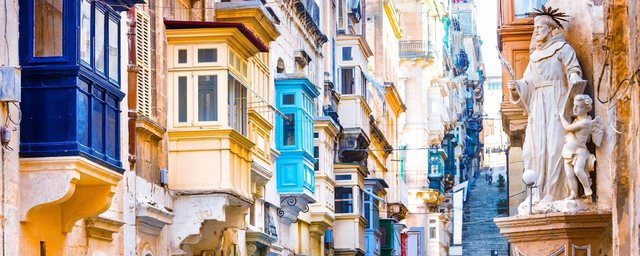
Federico Sirianni, a songwriter from Turin, Italy, was accustomed to playing small concerts in his neighborhood. But when she joined musician Federica Magliano to play a live concert on the balconies of their building for the quarantined neighbors, things felt different.
"It simply came to our notice then that they were looking at us from their balconies. But many people thanked us for making them feel less lonely, â?said Sirianni.
Like millions of Italians, Syriac has been isolated in his home since the country ordered nationwide closures on March 9 to slow the spread of coronavirus. And, like millions of people in urban centers around the world whose governments have imposed similar measures, Syria is rediscovering its balcony as a link to the outside world and a source of hope and connection at a time of forced isolation.
In the last month, the quarantined Italians have come out on the balconies to sing the national anthem all together, to light fireworks and applaud the health workers, in an effort to boost the countryâ??s collective morale. Many of these practices of public pandemic have spread rapidly around the world.
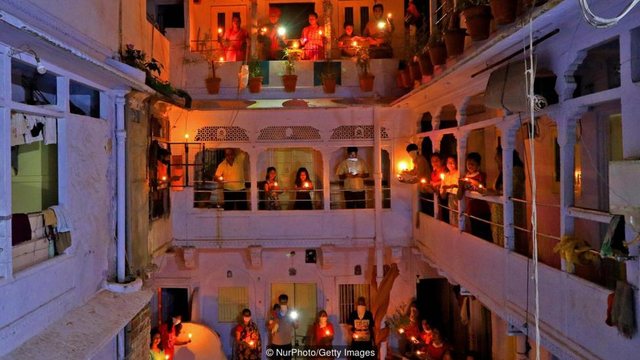
However, despite the seemingly new cultural significance of balconies, these ancient platforms have long been used to amaze, unify and inspire the masses. Above all, it was on a balcony in Verona, the place where Shakespeare envisioned one of the most famous romantic scenes in Western literature. It was on a balcony in Cape Town, where a Nelson Mandela stepped out in front of the crowd and promised a new chapter in South African history. And itâ??s from a balcony in the Vatican, where the Pope still blesses millions of believers every Sunday.
Balconies have been an architectural element for thousands of years and their roles have evolved to adapt to local cultures and customs over the centuries.
In her book Light of the Sun and Shadow in the Ancient Cities, urban archaeologist Mary Shepperson suggests that balconies may date back to 3,000 BC in Iran, where ancient Mesopotamians built balconies to shade the streets. from the hot sun.
However, by 1400 BC, many historians believe that the Mycenaeans had begun building balconies in what is now Greece for the opposite purpose: to increase natural light and air ventilation.
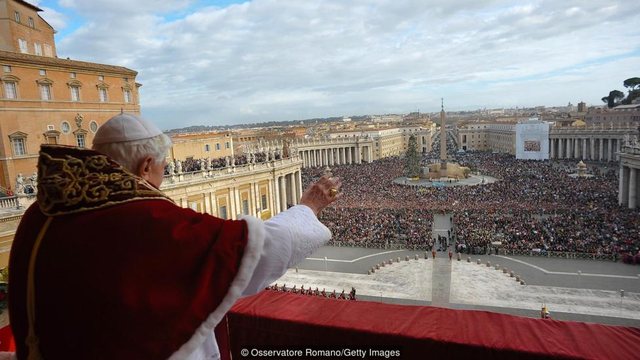
In Ancient Egypt: The 'Anatomy of a Civilization', British archaeologist Barry Kemp describes how "palace-balconies" were designed as a "theatrical setting" for leaders to appear before their subjects. one of the earliest balconies, the â??maenianumâ??, was an open platform for emperors and senators for both to see gladiators as they competed in the Colosseum.
At the start of World War II, Adolf Hitler announced the annexation of Austria from the balcony of the Imperial Palace in Vienna. And seven years later, Winston Churchill joined the British royal family on the balcony at Buckingham Palace to celebrate the end of the war.
As balconies evolved, their models became more detailed. Beginning in the Middle Ages, closed balconies were built in most of the Arab world to allow residents to enjoy the fresh breeze while respecting Islamic laws of intimacy. In the Renaissance, balustered balconies became part of many Italian buildings, after architect Donato Bramante discovered the Palazzo Caprini model in Rome.
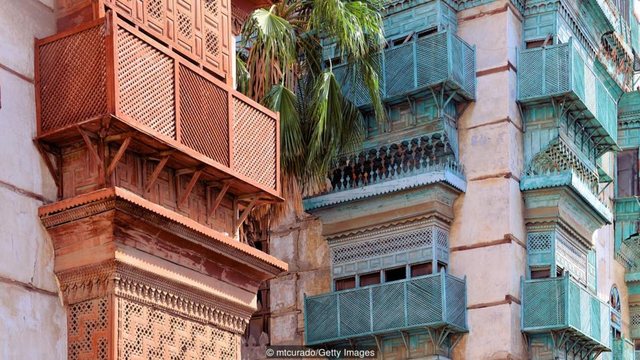
Venice was especially famous for many balconies, as architects looked for different ways to provide access to fresh air in a wild city. For visitors from northern Europe, such platforms often looked like exotic wonders. British traveler Thomas Coryat explains that only in Italy had he noticed the existence of "small terraces", the purpose of which was to let people think and look at the parts of the city around them during the cool evenings.
Colonization eventually spread balconies around the world. Today, iconic balconies like Maltaâ??s closed boxes and similarly enclosed balconies of Andalusia, Spain, are likely to have been taken from the territories of former owners in Moorish. On the other hand, iron balconies made by Hanoi in New Orleans have flourished by their former French rulers.

In the 19th century, Europe underwent a period of intense urbanization, and balconies became symbols of a modern metropolitan lifestyle, inspiring many writers, poets, and artists. French painter Edward Manet appeared with his 1869 work, The Balcony, with a portrait of urban planners looking at street life from a balcony, causing a critic to complain, "Shut the shutters!"
The Italian painter Umberto Boccioni described the intensity of 20th century urban life in his 1911 work, "Roads Entering the House," where the noise and chaos of the streets seem to enter the private space of a house through the balcony.
According to Sheila Crane, chairwoman of the Department of Architectural History at the University of Virginia, part of our collective fascination with balconies lies in their unique position as the gateway.
In cities beyond the Mediterranean, these â??flying rhythmsâ? inspired by balconies, were often immortal in 20th century art. In the 1960 film From a Roman Balcony, a conversation on a balcony leads to an epic love affair.
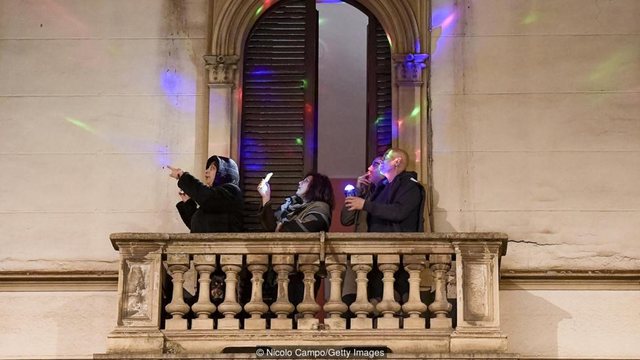
However, in addition to their cultural significance, balconies have often served as spaces to begin political change. During Algeriaâ??s independence war with France in the 1950s and â??60s, balconies became the group of mass independent protests after the government banned public gatherings. As Crane explains, pro-independence women would take to the balconies and sing howls, a series of high-level sounds used to express collective grief, while those in favor of France would perform 'des casseroles' concerts, concerts use pots and pans as instruments.
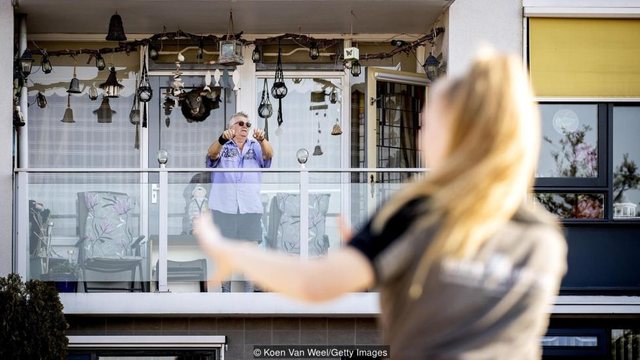
But today, the forced isolation of coronavirus pandemic is, in a way, creating a new unifying experience. As much as the world is quarantined at home, there are countless examples of balcony culture that bring people together.
The quarantine will end and everything will be fine again, but we must not forget this sense of community.

